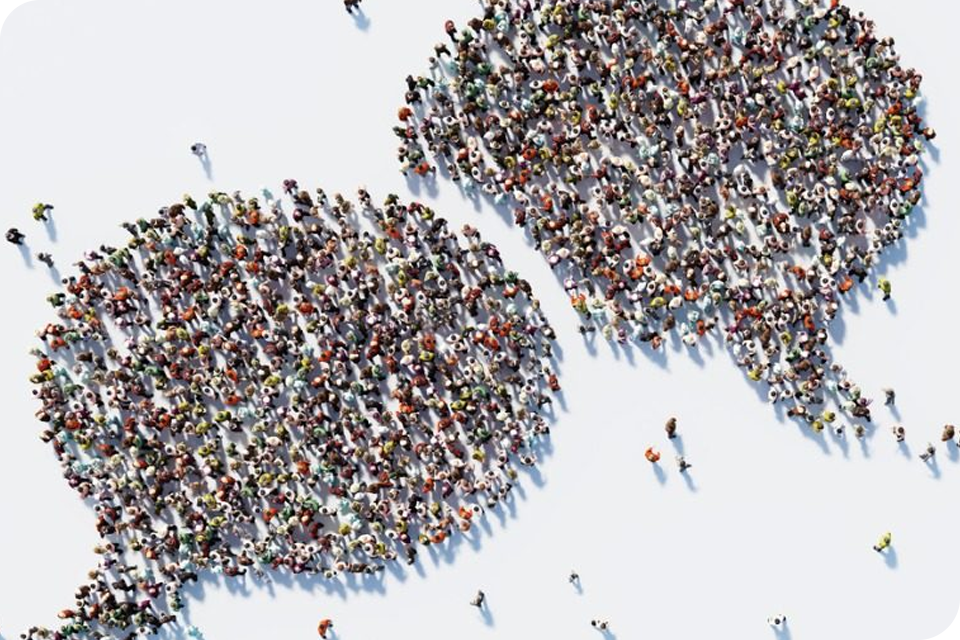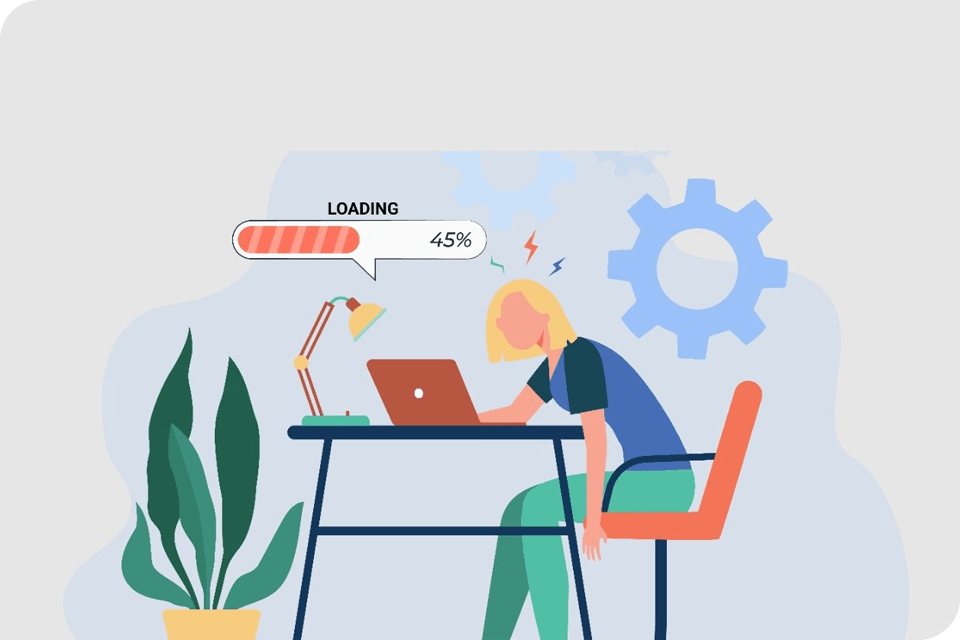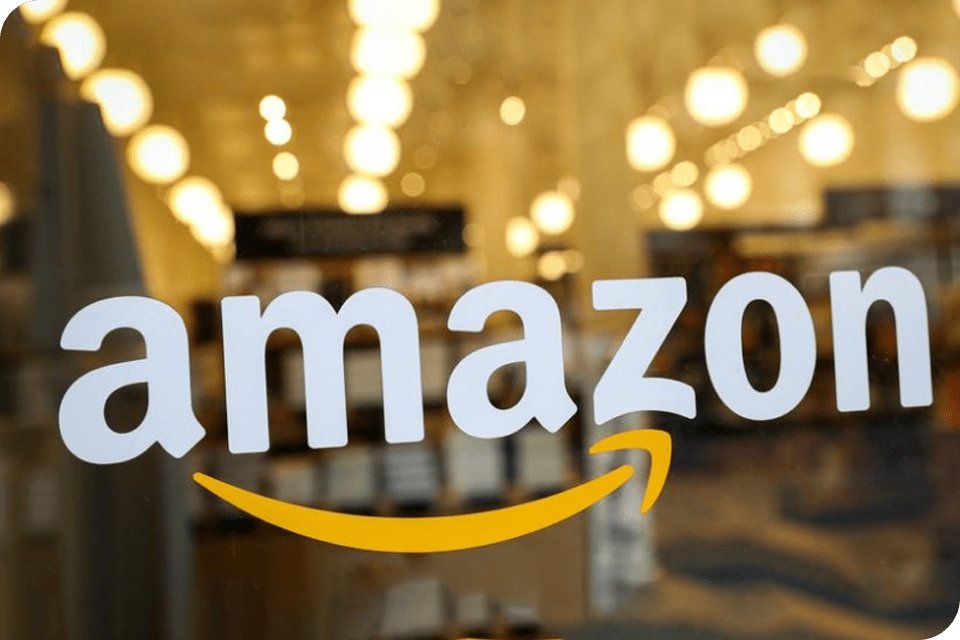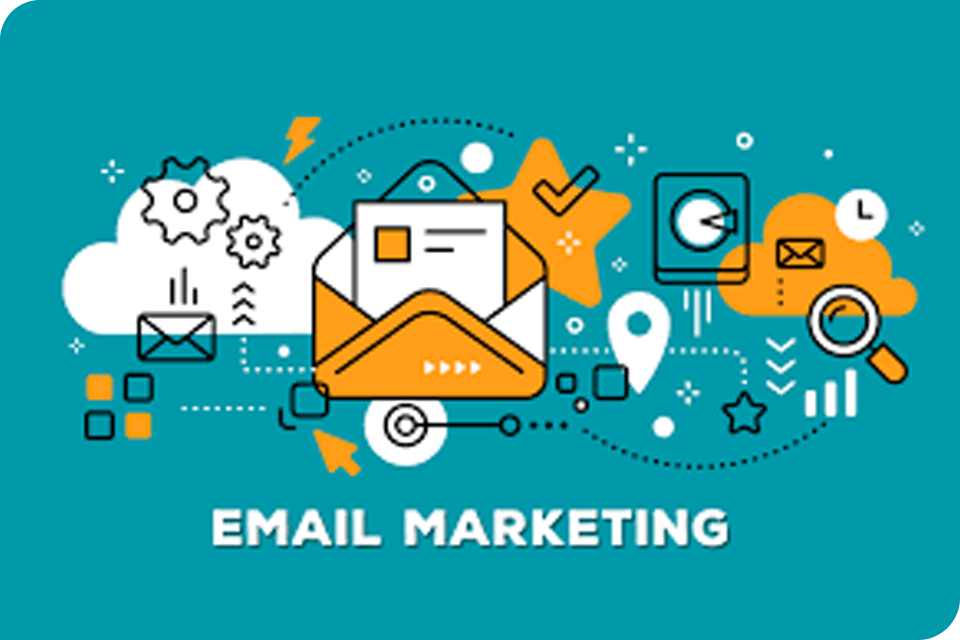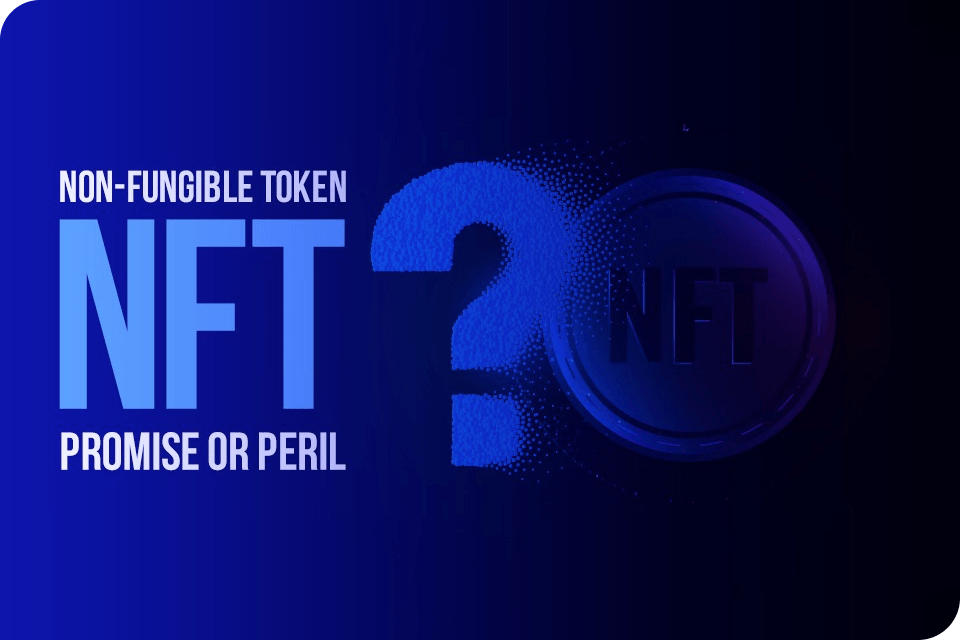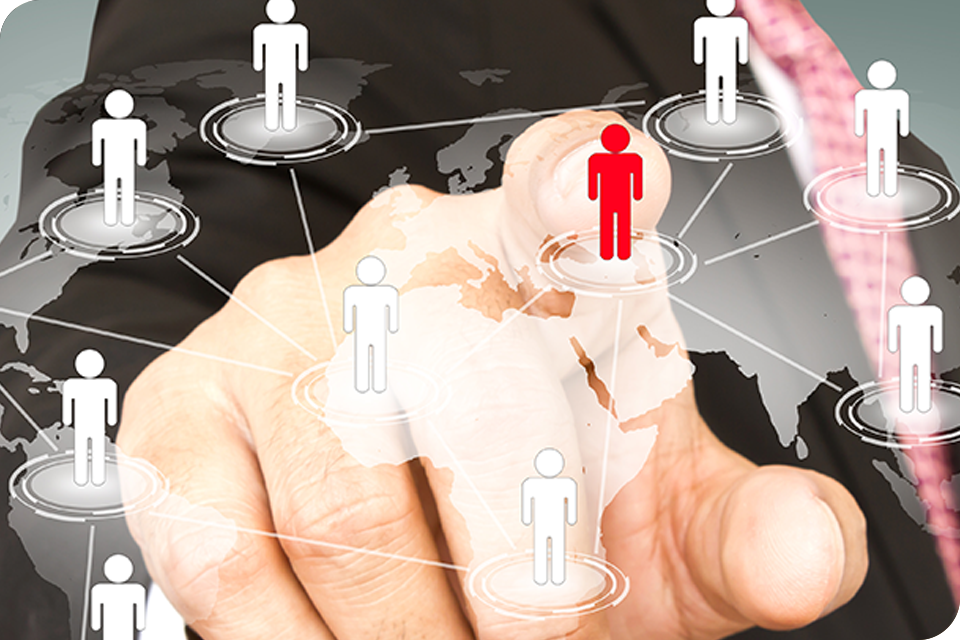Lately, experts have written countless articles about personalised marketing and how it is changing the game. And, to be honest, it is a significant trend because it works.
Personalisation has become table stakes. Whether you are talking about business-to-consumer or business-to-business marketing, you have to personalise your marketing message if you want to drive revenue and increase sales.
Although everyone is talking about personalisation, only a few companies are actually getting it right.
According to Dynamic Yield’s Personality Maturity Assessment (pdf), 36% of respondents said they could not effectively deliver a personalised customer experience in 2019 — up from just 17% in 2018. Marketers are starting to realise that personalisation is about more than sending a “happy birthday” email or a coupon to celebrate a customer’s anniversary with the business.
When you talk about marketing, you are talking about providing people with something they value. Adding a customer’s name to an email does add value from a relationship perspective, but this is low-hanging fruit. According to an Accenture Strategy survey, 73% of CEOs realise that experiences are most important to consumers. Despite this stance, personalisation efforts have mainly focused on buying history. To take personalised marketing to the next level, you have to customise how you interact with customers and tailor-make their experiences.
Netflix misses the mark
Netflix used to be the gold standard of personalisation attributes. But customers have been vocal how their experiences with the streaming media service have declined — all focused on personalisation.
The highlights of Netflix’s personalisation included consumer-centred recommendations, user-created reviews and ratings, and the ability to share titles with Facebook friends. But the algorithms have been compromised. As Netflix has created more in-house content, the company has added its own priorities to the algorithm and made it harder for viewers to discover new content that fits their interests.
With rivals Apple TV+ and Disney+ launching late last year, Netflix’s growth in North America hit a snag. Though revenue remained strong in Netflix’s fourth quarter, subscriber growth in the United States was 420,000 — well below the company’s projection of 600,000 new users. Growth in Canada in the fourth quarter also came up short.
This is a perfect example of how personalisation can be unsuccessful if your recommendations do not provide customer value.
Even a giant can learn to grow
If you are doing personalisation right, profitability should be increasing — as should conversions and customer retention.
Take a look at McDonald’s. The fast-food giant invested $7 billion in growth initiatives, including $300 million to purchase Dynamic Yield, a New York-based personalisation vendor. Dynamic Yield helped McDonald’s improve its drive-thru sales with customisable digital menus. The display changes based on time of day, weather, and restaurant traffic; it also offers suggestions based on the customer’s current order. McDonald’s said drive-thru customers are purchasing more add-on items because of this, increasing the average sale.
Alongside increases in delivery sales and the installation of self-serve kiosks, the new drive-thru technology helped McDonald’s increase sales by 5.1% in the United States in 2019 — the brand’s best domestic figure in 13 years. And for the first time, McDonald’s had more than $100 billion in sales globally.
This example illustrates how an investment in personalisation efforts can pay off in a big way.
Elevate your efforts
Perhaps the most important indicator that your personalisation efforts are working is customer satisfaction.
On that subject, Ritz-Carlton is the epitome of customer personalisation. Personalisation is prominent across the entire luxury hotel chain, from the CEO and customer service to the product and development — all the way to marketing and sales.
Through a standardised process and customer relationship management, Ritz-Carlton employees learn from every interaction. From before you arrive all the way until your next visit, Ritz-Carlton employees make sure all your preferences are afforded to you.
The company believes in this so much that every employee can spend up to $2,000 per guest per day — without supervisor permission — to resolve customer problems.
In the fourth quarter of 2019, Braemar Hotels & Resorts (which owns the Ritz-Carlton) cited $121.7 million in revenue — about $5 million more than projected. Research and consulting firm J.D. Power named Ritz-Carlton as the best luxury hotel for the fifth consecutive year.
Source: MarketingTechNews
